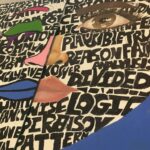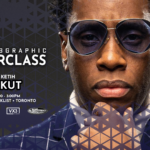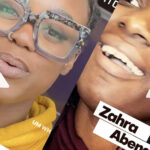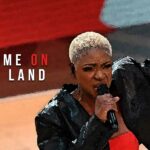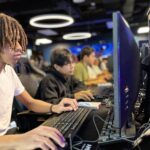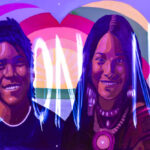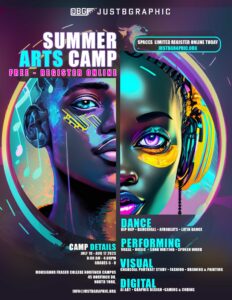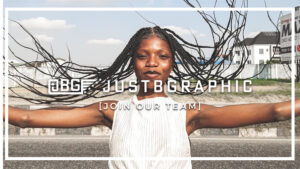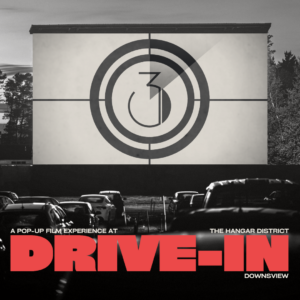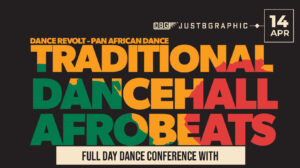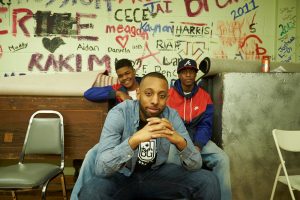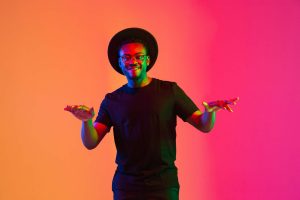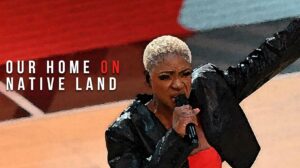Educators, let’s engage in a thoughtful exploration into the intricacies of inclusive practices within the realm of professional development. In this space, the pursuit of inclusivity demands a nuanced and reflective approach that goes beyond simplistic, quantitative metrics.
In this post we will explore inclusion through three questions. What does inclusion look like? What does inclusion sound like and lastly what does inclusion feel like?
Understanding my perspectives on inclusive practice involves recognizing its nuanced, malleable, and dynamic nature. It’s not a one-size-fits-all solution, and quantitative approaches often fall short in capturing its essence. Inclusion, to me, is a form-fitting concept, adapting to the specific time and place, shaped by the richness of humanity. It’s a co-creation involving all participants and requires engagement with power dynamics and challenges to constructs of identity. My history and experiences contribute to this perspective, acknowledging the complexity and fluidity of inclusive practices in various contexts.
Inclusive practice, in the realm of sound, echoes the diversity encapsulated in its visual representation. The words associated with inclusion create a lexicon that mirrors society, allowing space for others. It’s not limited to joyful sounds; it encompasses a spectrum from laughter to the more challenging notes of violence, pain, protest, and resistance. Inclusion, in its essence, relies heavily on conversation—dialogues that encompass both positive and difficult aspects. My own experiences have taught me that the path to inclusion is multifaceted, requiring an openness to diverse sounds and voices.
Considering the feelings associated with inclusion, I acknowledge that it can be uncomfortable, foreign, and even nerve-wracking at times. Being inclusive demands an acceptance of discomfort and a willingness to decenter oneself to make room for others. The transfer of power and privilege, while essential for inclusion, can be disorienting for those accustomed to perceived positions of advantage. Yet, my history also tells me that inclusion can evoke curiosity and wonder—a rich exchange of perspectives that fosters personal and collective growth. Embracing the discomfort becomes a crucial part of the journey toward a more inclusive mindset.
Summary and takeaways:
The call to action lies in recognizing the importance of understanding and addressing the difficult aspects of inclusion. While joy is integral, a genuine inclusive mindset requires acknowledgment and preparation for the discomfort associated with its darker side. It’s a call for a deeper, more authentic engagement with the concept.
Three Takeaways:
- Inclusivity as a Dynamic Concept: The exploration highlights that inclusive practices are not static but rather dynamic and adaptable. Understanding that inclusion is not a one-size-fits-all solution emphasizes the need for continuous adaptation to specific times and places within the educational landscape.
- Power Dynamics and Identity Challenges: The commitment to co-creating inclusion involves a recognition of power dynamics and challenges to identity constructs. This underscores the importance of navigating complexities and engaging in a profound examination of these intricate aspects to foster a genuinely inclusive environment.
- Dialogue and Recognition of Difficult Aspects: The metaphorical exploration of the diverse lexicon associated with inclusion emphasizes the significance of dialogue. Acknowledging both positive and difficult aspects, and recognizing the importance of addressing discomfort, calls for a more authentic engagement with the multifaceted journey toward a genuinely inclusive mindset.
One Question:
How can educators actively contribute to fostering a more authentic and inclusive mindset in professional development settings, considering the nuanced and dynamic nature of inclusive practices highlighted in the exploration?


